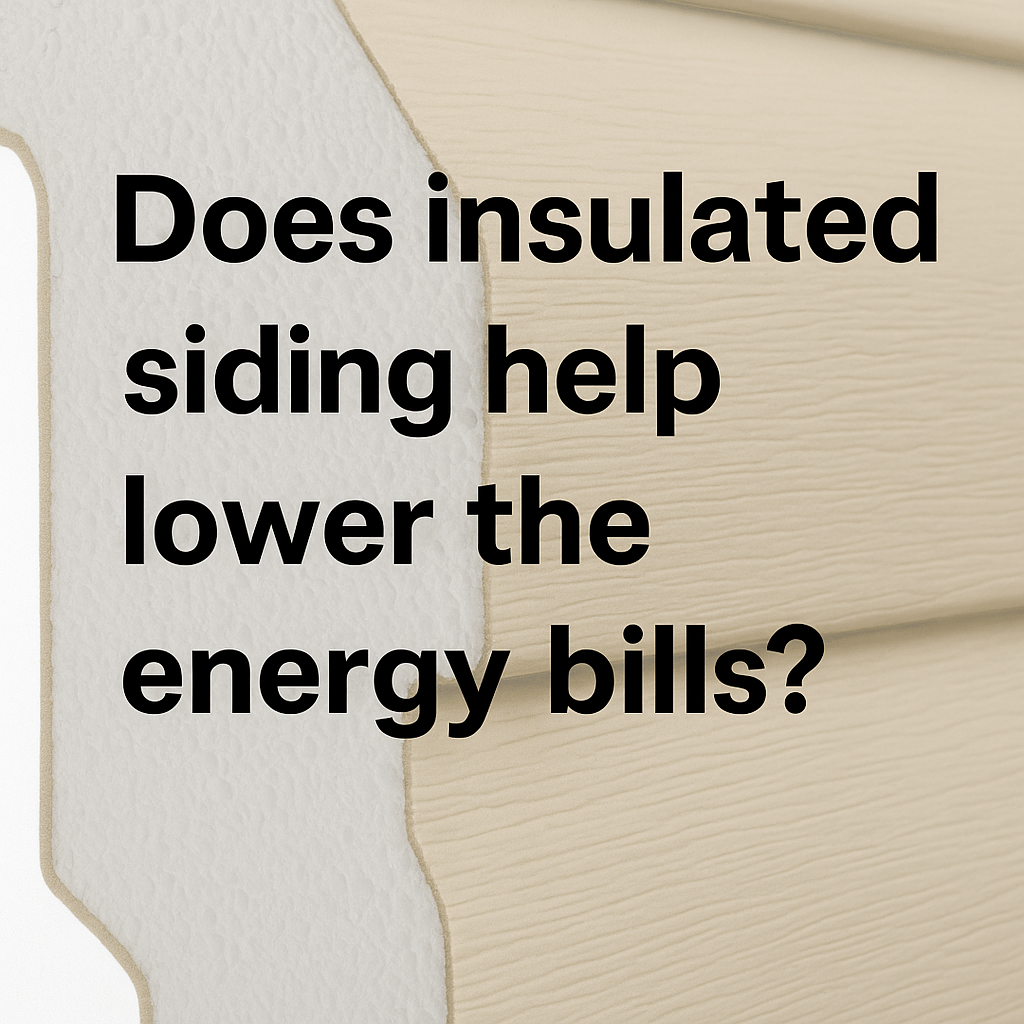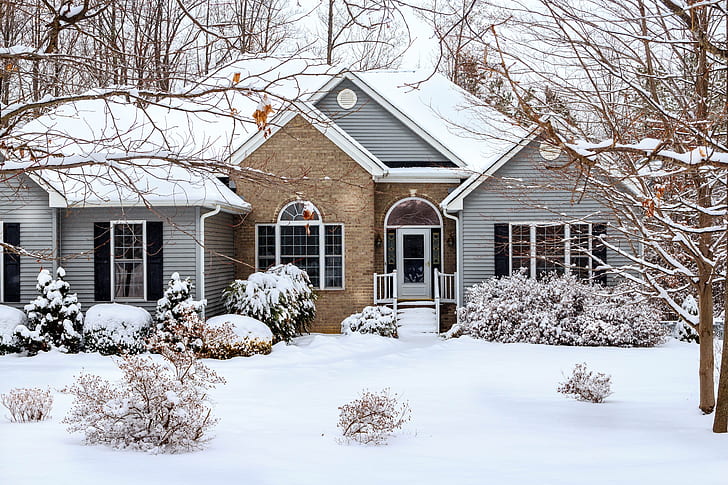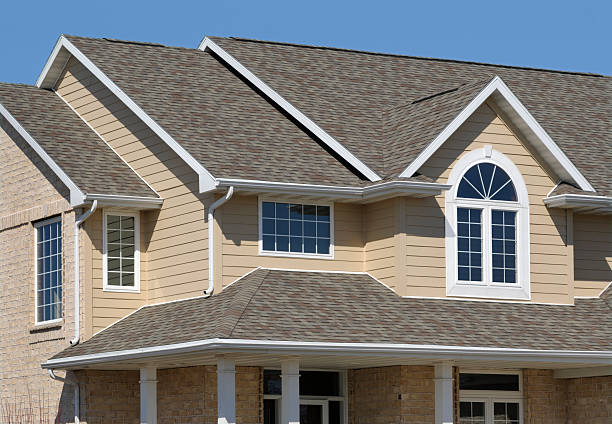614 Exteriors is the ONLY Atlas PRO+™ Diamond Level Contractor in the Greater Columbus Area and only 1 of 3 in the state of Ohio
Learn MoreDoes insulated siding help lower the energy bills? Discover how insulated vinyl siding adds a layer of thermal protection to your home.

Every homeowner knows the shock of an unexpectedly high utility bill. We all want a more comfortable home that costs less to heat and cool. So, does insulated siding help lower the energy bills? The answer is yes – let’s explore how it works and what to consider.
Insulated Vinyl Siding is essentially vinyl siding with a layer of foam insulation attached to the back of each panel. This foam backing adds rigidity and thermal resistance to the siding. In a typical wall, there is insulation between the wooden studs, but the studs themselves (about 25% of the wall surface) are not insulated. Heat can transfer through these studs in a process called thermal bridging, which creates “invisible” energy leaks. Insulated siding covers the entire wall with a continuous insulating layer, stopping thermal bridging and reducing overall energy loss. According to the U.S. Department of Energy, it’s a good idea to add insulation when installing new siding to cut down on energy waste.
To put it in perspective, standard vinyl siding has an R-value around 0.6 (very little insulation), while insulated vinyl siding typically provides an additional R-2 to R-4 of insulation. That extra thermal barrier significantly slows down heat transfer through your walls.

So, does insulated siding help lower the energy bills? Absolutely. By reducing heat loss (and heat gain) through your walls, insulated siding can directly translate into lower monthly utility bills. With less heat escaping through the walls in winter, your heating system won’t have to run as long or as often. Similarly in summer, your home stays cooler naturally, easing the load on your air conditioner. Homeowners often see noticeable energy savings after installing insulated siding. In fact, studies have found insulated siding can cut heating and cooling costs by around 10–15% (or even more in some climates). The exact savings depend on your home’s construction and climate zone, but insulated siding definitely improves efficiency and reduces energy waste.
Insulated siding’s advantages extend beyond just lower energy bills. Here are some other benefits homeowners enjoy:
If you’re still asking yourself “does insulated siding help lower the energy bills?”, know that even the government recognizes insulated siding as an energy-saving upgrade – it can even qualify for energy-efficiency tax credits. Under current U.S. federal law (thanks to recent updates in the Inflation Reduction Act), homeowners who install qualifying energy-efficient improvements may be eligible for a tax credit of up to 30% of the cost of materials (up to $1,200 per year) for adding insulation to their home. Insulated siding is generally considered an insulation upgrade – especially if it’s an Energy Star rated product – so it can count toward this credit. That means you could recoup some of your investment at tax time simply for making your home more efficient.
Beyond federal credits, check if your state or utility offers any rebates for adding insulation – you might snag additional savings locally. It’s always a good idea to consult a tax professional to ensure you claim any siding-related incentives you qualify for.
Insulated siding offers many benefits, but there are a few drawbacks to keep in mind:

When it comes to energy efficiency, not all siding materials are equal. The key measure is R-value – a higher R-value means better insulation. Insulated vinyl siding is among the most energy-efficient siding options available because of its built-in foam layer. To illustrate this, here’s a comparison of approximate R-values for common exterior siding materials:
Clearly, insulated vinyl siding is the best performer in terms of insulating value – by far the most energy-efficient siding option. To get similar insulation with wood, fiber-cement, or other materials, you would have to add separate foam board under those sidings (essentially doing what insulated siding does in one step).
In summary, insulated siding does help lower the energy bills by reducing heat loss through your walls, making it a smart upgrade for a more efficient home. 614 Exteriors is a trusted Columbus Siding Company specializing in insulated vinyl siding installation. We can help you start saving on energy bills – reach out to learn more.